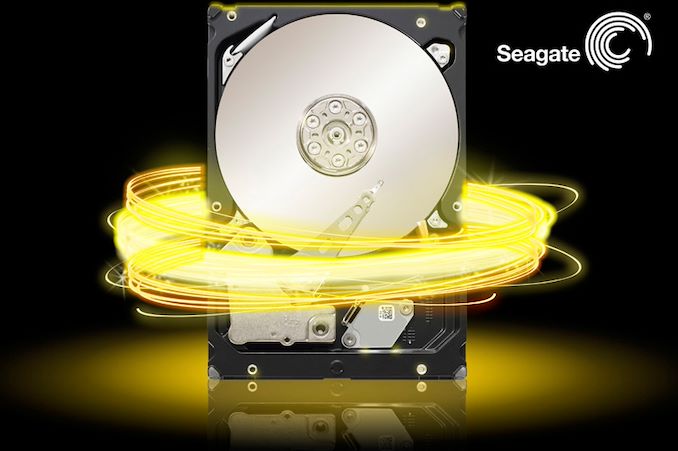Seagate this week signed an agreement with Showa Denko in a bid to secure a second source of platters for its hard drives based on heat assisted magnetic recording (HAMR) technology. Under the terms of the deal, Seagate will evaluate SDK's existing materials for HAMR media and the two companies will jointly develop future materials.
Seagate started to ship its Exos HDDs featuring HAMR inside its Lyve storage systems late last year. These hard drives use key components, such as recording heads with a near field transducer that heats up the media as well as glass platters with an FePt magnetic layer, developed and made entirely in-house. Being a vertically integrated company, Seagate has enough production capacities to continue building platters for HAMR drives internally, but having a second source for a crucially important component makes a lot of sense for high-volume products.
Having spent over 10 years on HAMR pathfinding and research, Showa Denko formally began to develop its glass platters for HAMR HDDs in February, 2020. Back then, the company said that HAMR would achieve areal density of 5-6 Tb/in2 in the future, enabling 3.5-inch hard drives with eight or nine platters to store 70 TB – 80 TB of data.
By now, Showa Denko has finished development of its first HAMR media material featuring a FePt magnetic alloy and technology to mass-produce hard drive platters. Under the terms of the agreement between SDK and Seagate, the hard drive maker will evaluate the material designed by the Japanese company. Going forward, Seagate and SDK will jointly develop new magnetic alloys for HAMR HDDs.
For now, Seagate will continue using its own FePt glass media inside its HAMR HDDs, but if it finds Showa Denko's HAMR media good enough, it might use it for future hard drives.
The contract between Seagate and Showa Denko ensures that the hard drive maker will have two sources of HAMR platters in the future, which will be important if Seagate significantly expands usage of its HAMR technology. In fact, once HAMR media hits certain areal density (i.e., significantly higher than PMR's 1.14 Tb/inch2), it will make a great sense to adopt the technology nor only for highest-capacity HDDs, but also for midrange HDDs to cut down their costs.
"[HAMR] is not only about the highest capacity point," said David Mosley, CEO of Seagate, at a conference last year. "If we can save a disk and two heads in a 16 TB drive, we will look at doing that as well. So, it is really across the whole portfolio, which is why we think that this platform play is so important. We can introduce HAMR into the same platform. The cost increases are really nominal."
Furthermore, Seagate will also ensure that SDK-made HAMR platters will be compatible with its HAMR implementation, which might become the company's competitive advantage against Toshiba and Western Digital once they adopt this technology.
"We expect this alliance will further accelerate technological development pioneered by the two companies," a statement by Showa Denko reads.
For Showa Denko, the world's largest independent maker of HDD platters, it is important to maintain close relationship with all makers of hard drives. Nowadays the bulk of SDK's shipments are platters designed for PMR and SMR HDDs, but it is also ramping up production of media for Toshiba's MAMR-based drives. The pact with Seagate ensures that Showa Denko will also be a part of upcoming HAMR HDDs.
Related Reading:
- Seagate's Roadmap: The Path to 120 TB Hard Drives
- Toshiba Unveils World's First FC-MAMR HDD: 18 TB, Helium Filled
- The Road to 80 TB HDDs: Showa Denko Develops HAMR Platters for Hard Drives
- Seagate Unveils CORTX Object Storage Software with Lyve Drive Rack Hardware Reference Design
Source: Showa Denko

0 Comments